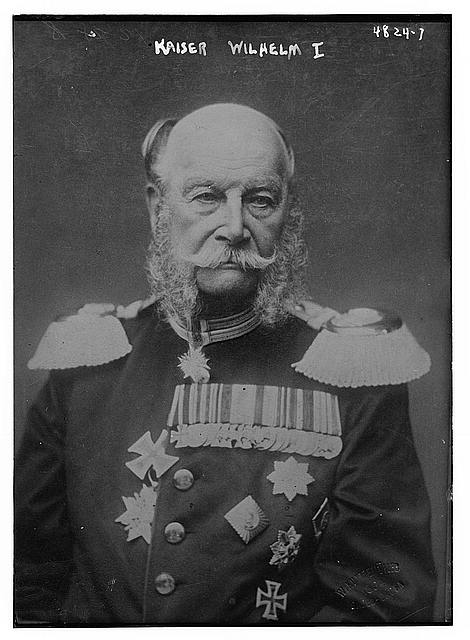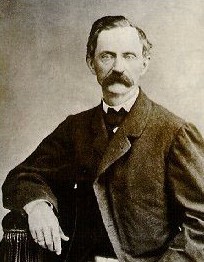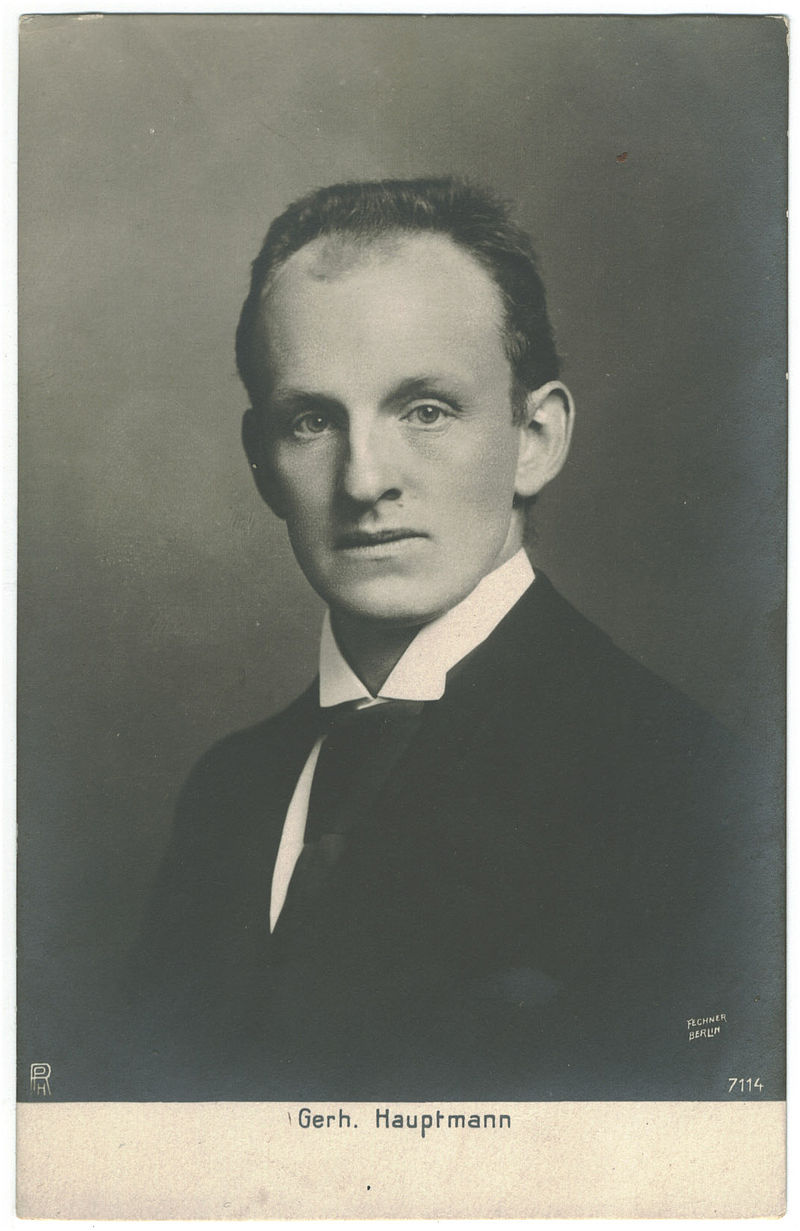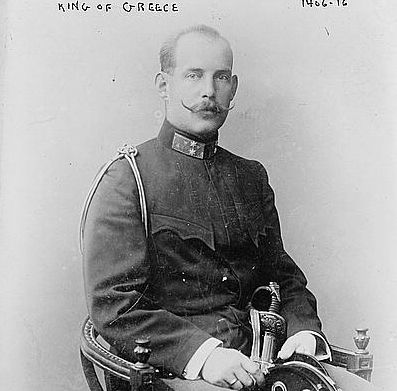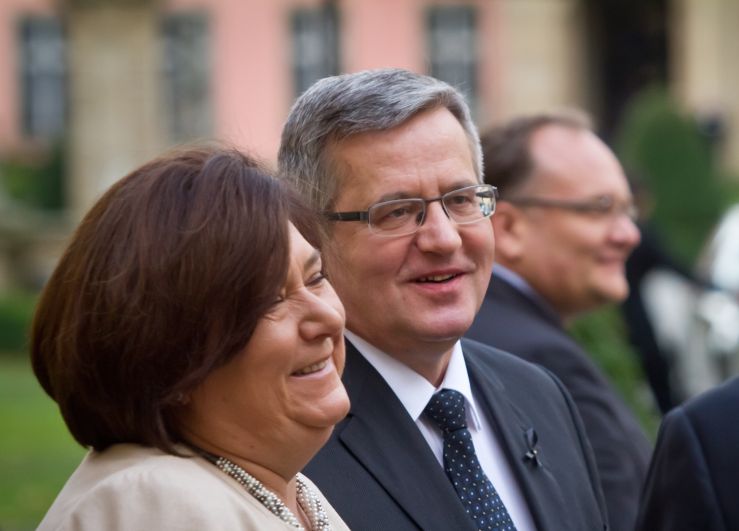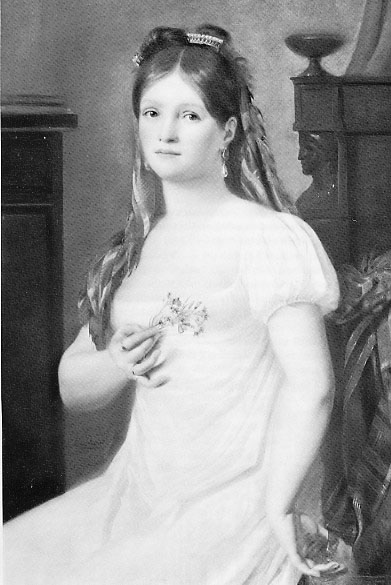XI
1856
Count von Hochberg and the Prince of Pless; in his final years, even the Herzog von Pleß.
The title of Archduke was the highest princely title that one could receive, outside of the ruling family. It was not, unfortunately for this magnate, a hereditary title, and so granted only for his own life. On 20 December, 1905, the Emperor’s adjutant travelled by special train to Pless, bearing the document that granted the title. The good wishes of the Emperor himself were expressed in a telegram that arrived some hours later. A special reception took place in the evening in the palace in Pless, and the next day, the town’s residents expressed their joy in a festive march, marking the occasion of their prince receiving this title.
They cheered Hans Heinrich XI as a figure who was well ahead of his time. He brought about substantial development in industry in the region and for over half a century, with the tolerant and compassionate eyes that he inherited from his father, saw not only to the physical growth of the area, but also to the nurturing of its “inner value”. Above all, he brought about numerous changes and improvements; for example, the establishment of roads, parks and wooded areas made the family property, already well endowed by nature, all the more charming.
Hochberg’s benevolence supported social organizations, churches (and, what was truly unusual, regardless of the religious denomination) and schools. On July 1, 1982, at the initiative of Hans Heinrich XI, a cooking school was established, in the present-day Podgórza district of Wałbrzych, for the daughters of the region’s miners. By the end of 1900, 347 girls had attended the school, of whom 129 received their instruction free of charge. They learned not only cooking, but also home economics, subsequently being employed in the wealthy homes of the area. Evening classes were organized for young workers, who benefitted from 90-minute lessons, three times a week, in German, accounting, geography and history, as well as mining safety regulations. These classes were obligatory for young people under 16 years of age.
Hans Heinrich also provided for burials, for help for those who needed medical care, and for the widowed, disabled and elderly. Women who had just given birth would receive, for three weeks, nutritious soup, free of charge. Hans Heinrich’s work in this area became, later, the basis of Chancellor Otto von Bismarck’s social reforms. He financed the construction of blocks of flats for miners and the establishment of a pre-school and workers’ libraries. In 1891 the prince’s charity supported an inexpensive pre-school, where a child could stay for a day with two meals for only five German pfennigs (at the time, a pound of margarine cost 75 pfennigs, and eight medium-sized herring, 20 pfennigs).
Poor school-age children were supported through the Ida Foundation (the Count von Hochberg Foundation), which had existed since the middle of the 19th century, when Hans Heinrich X established it in honour of his first wife, Ida (de domo Stechow). At the end of the nineteenth century, the family members' charity amounted to 60,000 marks per year.
He contributed significantly to the construction of Wałbrzych’s Catholic Church of the Guardian Angels, built according to Alexis Lange’s design and consecrated by Cardinal Georg Kopp.
Hans Heinrich XI von Hochberg financed improvements to the sanitary conditions of Walbrzych’s residents. At the beginning of the twentieth century, Hans Heinrich XI allocated 300,000 German marks to partial reconstruction of the channelling of the local stream, the Pełcznica, and its tributary, the Szczawnik. (The whole cost would amount to 1,250,000 marks.)
During his rule, the library in Książ was expanded, becoming the second-largest private library in Silesia (second only to the Schaffgotsch Library in Cieplica). In 1897 the library was moved to a gate building, rebuilt and adapted to this purpose.
In the middle of the year 1900, Hans Heinrich XI organized, with all his workers, the giving of a silver watch to each person who had been in the prince’s service for 25 years. The watch was engraved with the dedication: “For 25 years of faithful service, the Prince of Pless.” The choice of award, however, was up to the worker; those who did not prefer to receive a watch could receive cash of the equivalent value. The award ceremony took place in the business office of the Prince of Pless in Wałbrzych, usually in January, during a meeting to celebrate the new year.
Hans Heinrich XI’s son was Hans Heinrich XV, who married the castle’s famous princess, Daisy. Although this British beauty’s marriage is considered to have been unhappy, she maintained a great friendship with her father-in-law whom she viewed, not without reason, as a wonderful person.
Hans Heinrich XI passed away on August 14, 1907, following a long illness, in Albrechtsberg Castle, one of the small castles along the Elbe River near Dresden. What he did and left behind were a most beautiful mark of his presence on earth.


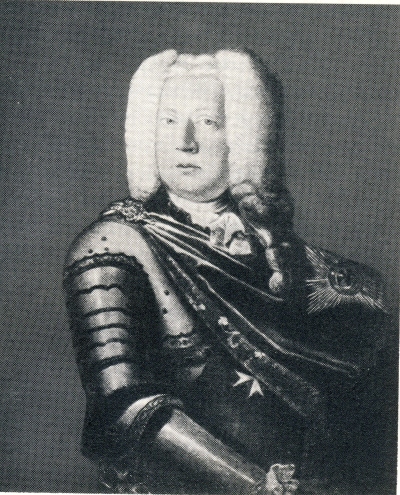
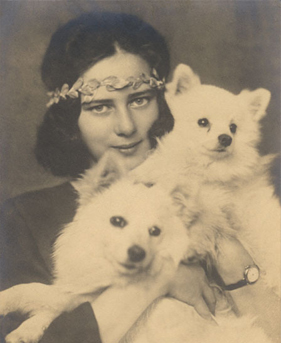



















































.jpg)
.jpg)
.jpg)
.jpg)
.jpg)




.jpg)
.jpg)
.jpg)
.jpg)


































.jpg)
.jpg)


.jpg)
.jpg)
.jpg)
.jpg)
.jpg)
.jpg)
.jpg)
.jpg)
.jpg)
.jpg)
.jpg)
.jpg)
.jpg)
.jpg)
.jpg)
.jpg)
.jpg)
.jpg)
.jpg)
.jpg)
.jpg)



























































.jpg)
.jpg)
.jpg)
.jpg)
.jpg)
.jpg)
.jpg)
.jpg)
.jpg)
.jpg)
.jpg)
.jpg)
.jpg)
.jpg)
.jpg)
.jpg)
.jpg)
.jpg)
.jpg)
.jpg)
.jpg)
.jpg)
.jpg)
.jpg)
.jpg)
.jpg)
.jpg)
















































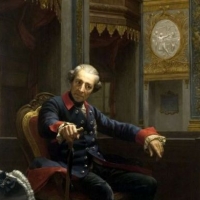
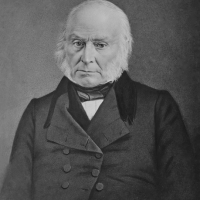
.jpg)
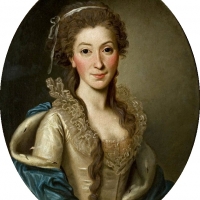
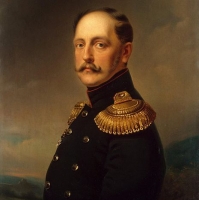
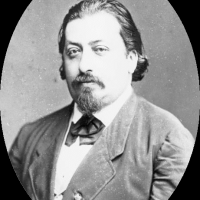
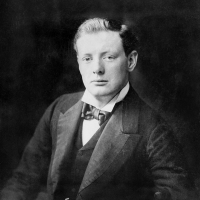
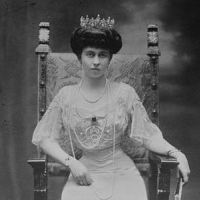
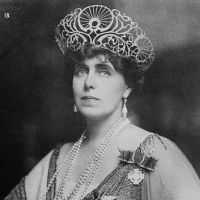
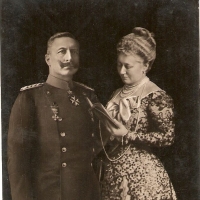
.jpg)
